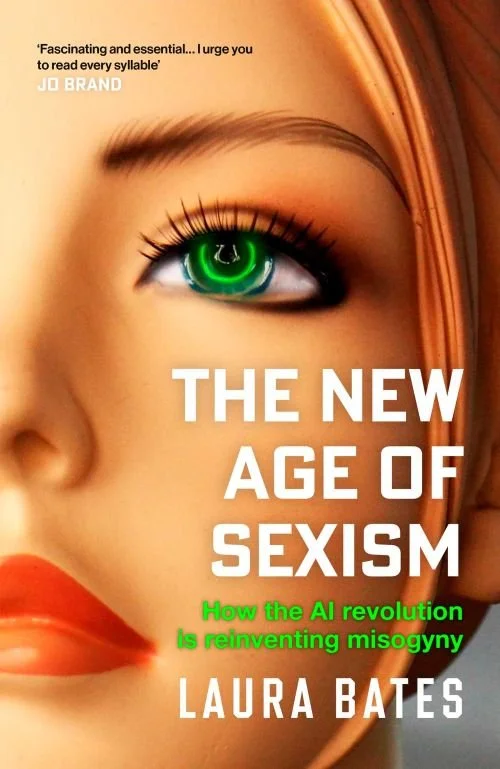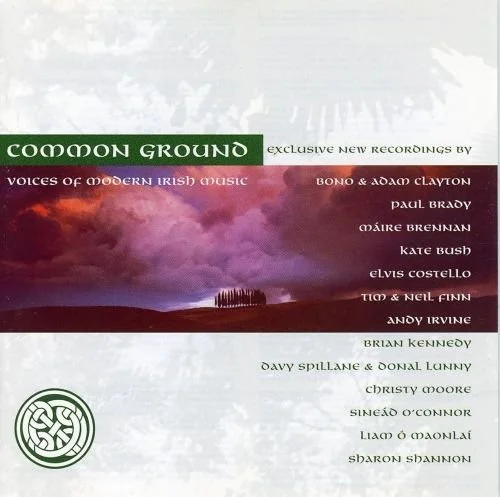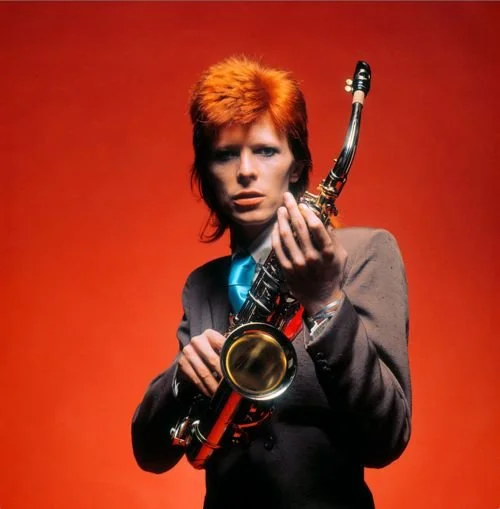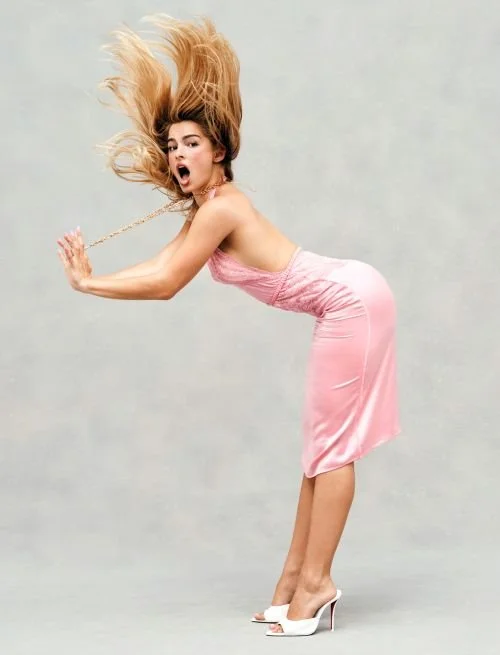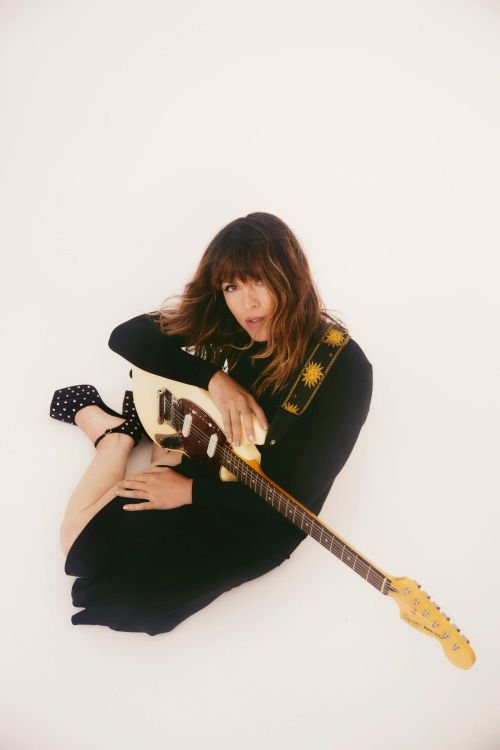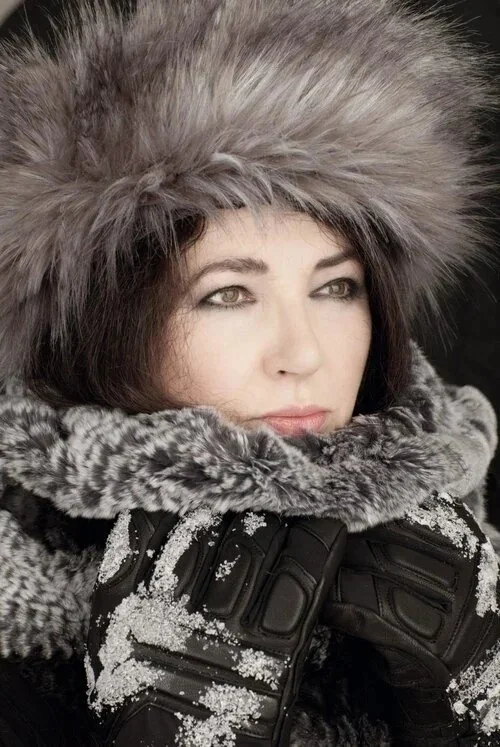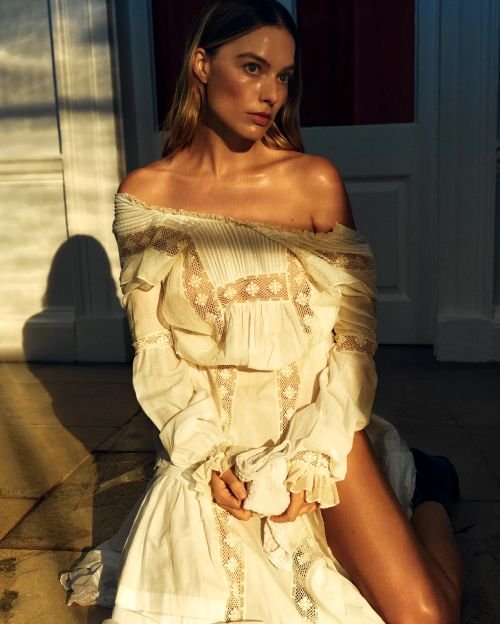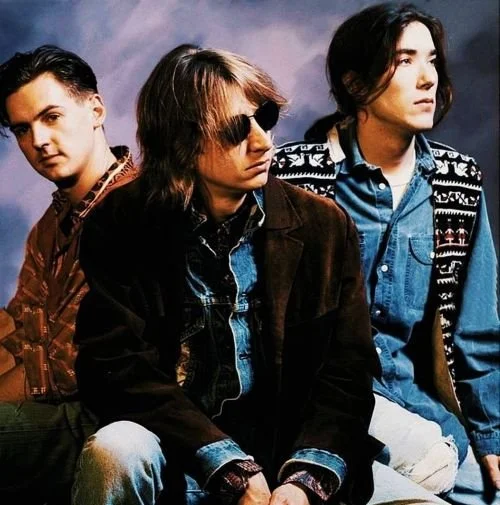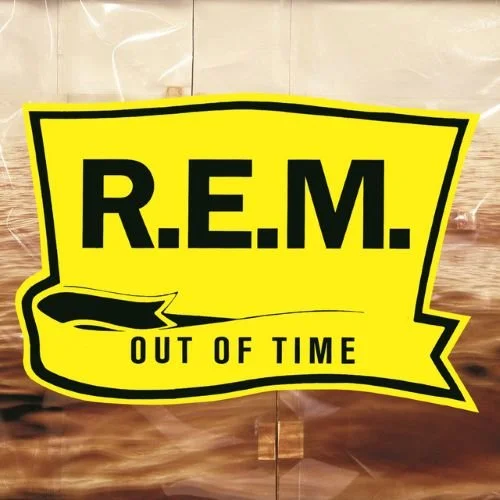FEATURE:
Needle Drops and Scores to Settle
Scene Six: Magnet & Steel: Boogie Nights (1997)
__________
I am going back to the 1990s again…
N THIS PHOTO: Director Paul Thomas Anderson on the set of Boogie Nights with one of its stars, Heather Graham/PHOTO CREDIT: Cinephilia Beyond
and diving into a classic film soundtrack. Paul Thomas Anderson is one of the most acclaimed and successful directors ever. 1997’s Boogie Nights is one of his most loved films. The soundtrack is exceptional. There was a second instalment of the soundtrack that came out in 1998, though I am including the 1997 first edition in this feature. In terms of the all-time best soundtracks, Boogie Nights is often voted among the best. There are some articles that I will not get opportunity to bring in, including this from The New York Times, where they spotlight eleven classic Paul Thomas Anderson needle drops. They put KC and the Sunshine Band’s Boogie Shoes at number one. In 2019, The New Yorker spent some time with an iconic scene from Boogie Nights where music plays a big part. I would also urge you to read this, as the feature goes song-by-song and argues why Boogie Nights has the best soundtrack ever. In this short feature, Albumism included Boogie Nights’ soundtrack in their top one-hundred. One of their contributors wrote why it means a lot to them:
“I first heard the soundtrack in the car when I was being driven to a piano lesson. Too young to see the movie, or even to be told what it was about, I fell in love with the sound of Boogie Nights. It’s full of ‘70s hits from almost every year of the decade including Chakachas’ “Jungle Fever” from 1970, “Machine Gun” by The Commodores from 1974, Marvin Gaye’s “Got To Give It Up - Pt. 1” from 1977. The music follows the story into the ‘80s as the characters fall from grace, landing on Night Ranger’s “Sister Christian” from 1983.
Boogie Nights captures the culture of disco—the dancing, the clothes, the cars, the parties, the cocaine—and the soundtrack echoes these images. The opening long shot is synched to The Emotions’ “Best of My Love” (from 1977) as we enter and twist around a nightclub meeting the characters. Eric Burdon & War’s “Spill the Wine” (1970) plays endlessly as the camera leads us through a pool party in the Hollywood Hills.
Paul Thomas Anderson is a unique filmmaker and has a specific touch of marrying story and sound. The soundtrack is bright and bouncy, but the story of Boogie Nights is dark and commands your attention. As a snapshot of the 1970s, the soundtrack is a perfect match”.
For a Cinema Sounds edition in 2009, Consequence explored the brilliance of the Boogie Nights soundtrack. I know there was a second volume, though I think that the first release has the best music on it. However, it shows how spoilt for choice people were when it came to this film. Paul Thomas Anderson and his use of music in his films is up there with the best directors. Many argue what his greatest soundtrack is. To me (and so many others) it is Boogie Nights:
“The film’s score is the most sincere in the first half. Despite all of the sleaze, Anderson shows us that the adult film industry truly did thrive in the ’70s, poised to be considered an art form by some, and he does this by using joyful tracks of the era to express… well, joy, something that is virtually absent from the latter half of the film. After a mournful pipe organ circus intro “The Big Top (Theme From Boogie Nights)” from the criminally underrated baroque pop mastermind Michael Penn over a black screen (a foreshadowing of things to come), the film assaults us with an opening shot of a neon pink movie theatre (cheekily displaying the title of the film) set to The Emotions’ “Best Of My Love”. How could that wall of horns and plucky disco guitar not make you feel good? In one swooping long shot (another nod to Scorsese), Anderson takes us across the street through Maurice “T.T.” Rodriguez’s (Luis Guzman) nightclub, introducing us to his desperately colorful cast of characters before the storm hits, including the surrogate erotica nuclear family of filmmaker Jack Horner (Burt Reynolds), and starlets Amber Waves and Roller Girl (Julianne Moore and Heather Graham).
Here we see the audiovisual dynamic at its most straightforward. When the characters are happy, the songs are happy (think disco jewels like The Commodores’ “Machine Gun”, and K.C. And The Sunshine Band’s “Boogie Shoes”), cycling us through montages of the aforementioned characters enjoying drugs, sex, and indulgent consumerism. At the film’s center is well endowed busboy Eddie Adams turned porn megastar Dirk Diggler (Mark Wahlberg), as we follow his ascent to fame.
On the flip side, when the characters are down, the songs are down — nothing’s more depressing than watching hangdog Assistant Stag Film Director Little Bill (William H. Macy at his loneliest) come home to see his porn star wife unabashedly banging a young stud. And nothing accentuates this depression like Chico Hamilton’s haunting cello piece, “The Sage”.
You can find pretty much everything on both volumes of the soundtrack with the exception of “The Sage”, “99 Luft Balloons”, and a couple of other background gems from earlier in the film (Andrew Gold’s “Lonely Boy” is sorely missed), but you can always take a lesson from Rahad Jackson and add these missing tunes to your playlist for your own “Awesome Mixtape”.
I am ending with this feature from LA Weekly from 2017. They revisit the soundtrack twenty years after its release and select its best moments. I could not find any interviews with Paul Thomas Anderson about the Boogie Nights soundtrack, though I hope that these features have given you some insight and background to this revered and phenomenal collection of music. Some truly outstanding moments where the music and action blends perfectly:
“To speak of Boogie Nights, a saga based around the porn industry of the San Fernando Valley in the late '70s and early '80s, without speaking of the music accompanying the story is like talking about Star Wars with no mention of the droids. Released in October of 1997, it was the perfect throwback to help shake off all the moody brooding that defined a decade of grunge and gloom. Its soundtrack was filled with perfect, era-appropriate songs often used in highly unconventional contexts — most memorably, the scene in which Dirk (played by Mark Wahlberg, then still mostly famous as a rapper and underwear model) finds himself in the mansion of a gun-happy coke dealer that his buddy (played by a young Thomas Jane) wants to scam. The tense, crazy situation, made even more nervous by a little kid throwing firecrackers, takes place as Night Ranger's power ballad “Sister Christian” blasts out of the dealer's expensive hi-fi.
“We said
“What killed us was that ‘Sister Christian’ is about this young girl — [drummer/singer Kelly Keagy's] little sister, actually — coming of age,” says Night Ranger bassist/vocalist Jack Blades, when asked by L.A. Weekly about the inclusion of the band’s hit power ballad in the movie’s frenetic climax. “And the juxtaposition of how Anderson took this song into the scene depicting Dirk Diggler bottoming out and at the lowest point in his life was just brilliant. His attention to detail in the placement of all those songs he used for the movie captured exactly what was going down at the time.”
By putting the song in a darker context, he helped a lot of people finally admit their love for it without pretense. In fact, the same could be said about many of the songs that were featured on the Boogie Nights soundtrack (though others were beloved evergreens by the likes of Marvin Gaye, War and The Beach Boys).
Here are five particular highlights from the soundtrack to Boogie Nights that epitomize the distinct relationship between sound and celluloid P.T. Anderson established with a film that's still as revered today as it was 20 years ago.
“Best of My Love” by The Emotions
“I think if you’re dealing with this many characters, I think you just gotta fuckin’ jump in and get it out of the way. I’m gonna introduce you to all of these people in two minutes,” explains Paul Thomas Anderson of the opening scene to Boogie Nights in his commentary on the two-disc “Platinum Series” edition DVD. “I think part of the reason why I did this is because my first movie, Sydney [later renamed Hard Eight], was very, very slow. Very deliberate pacing. And I wanted to go 180 degrees and start this one off loud and immediately. It was like this mash of sound, like the Phil Spector ‘Wall of Sound’ [laughs] with dialogue and people screaming and it’s not important to hear every single word.” After a brief original orchestral composition from Anderson's longtime friend and collaborator Michael Penn, the film dives into the Maurice White-penned hit single for The Emotions, which debuted at radio in June of ’77. So in the film, this was literally the newest, hottest tune in the clubs at the time.
“Machine Gun” by The Commodores
Beastie Boys fans already knew the groove to “Hey Ladies” was hoisted from this instrumental Commodores funk classic. But it was an extra kick for Paul's Boutique fans to hear the original placed in its proper era as accompaniment to a split-screen montage chronicling Dirk’s rise to fame that Anderson said was inspired by something he saw in a John Holmes film. The disco dance sequence, timed perfectly to the funky instrumental, made the joy shared between Dirk and his BFF and co-star Reed Rothchild (a never-better or more quotable John C. Reilly) exponentially more gleeful.
“The Touch” by Stan Bush
If you were in elementary and middle school in the mid-'80s, you probably watched the scene in which Dirk Diggler cuts a vanity single in the studio and thought, “Where have I heard that tune before?” Then the next time you played your beloved VHS copy of the 1986 animated feature Transformers: The Movie, it hit you like a ton of Energon cubes — that's where it's from! Mark Wahlberg has not done much press around the 20th anniversary of his breakout role, but when he posted video of himself singing “The Touch” with Stan Bush at this year’s Hasbro Convention, it was the best homage to Dirk he could have paid.
“Sister Christian” by Night Ranger
“He was a big fan of Night Ranger and the song,” Jack Blades explains about how his band’s biggest hit, written and sung by the band's drummer, Kelly Keagy, wound up in Boogie Nights. “And he told us he wanted to put it in one of the film’s pivotal moments. And he seemed to us like a hip, edgy dude who was making a cool film. So we said, ‘Just put it in a good spot.’ And he was like, ‘Oh, don’t worry about that!’ So we didn’t know where it was going to be used when me and Kelly and my wife went to see the premiere. And when that scene went down, we’re sitting there watching it and all three of us, sweat broke out on our foreheads, and me and Kelly look at each other like, ‘We’ve been to this guy’s house in 1983!’” He laughs. “This was way too close for comfort. I remember how much we partied in the Hollywood Hills when Night Ranger first came out and all the insanity that was going on. Everywhere we went, we were hanging out with porn stars at the Rainbow or at shows. We’d cut our records in L.A. and bring 20 or 30 people from the Rainbow down to the studio afterwards and we’d be up all night. He captured that moment in time unbelievably perfect.”
“Livin’ Thing” by Electric Light Orchestra
“I always planned to end the movie with ‘Livin’ Thing,’” revealed Anderson in the DVD commentary for Boogie Nights. “Always.” In the end, he used The Beach Boys’ Pet Sounds hosanna “God Only Knows” to signify better days ahead for the strangely endearing, dysfunctional family Jack Horner and Amber Waves made out of their group of misfit adult film performers. But once ELO's strings kicked as the credits rolled, Boogie Nights left you with the same sense of elation you experienced at the film's beginning, when The Emotions burst through the theater speakers and that neon purple lighting exclaiming the title of the movie hit the screen. They are perfect bookends of positivity for the frenetic tunnel of love Anderson takes you through for the two-and-a-half hours in between”.
If you have not heard the Boogie Nights soundtrack then I would urge you to listen to it. Few soundtracks since 1997 have been able to match Boogie Nights. I have not seen the film for a while, so I do need to revisit it. This soundtrack remains one of the best in all of cinema…
NEARLY thirty years later.






